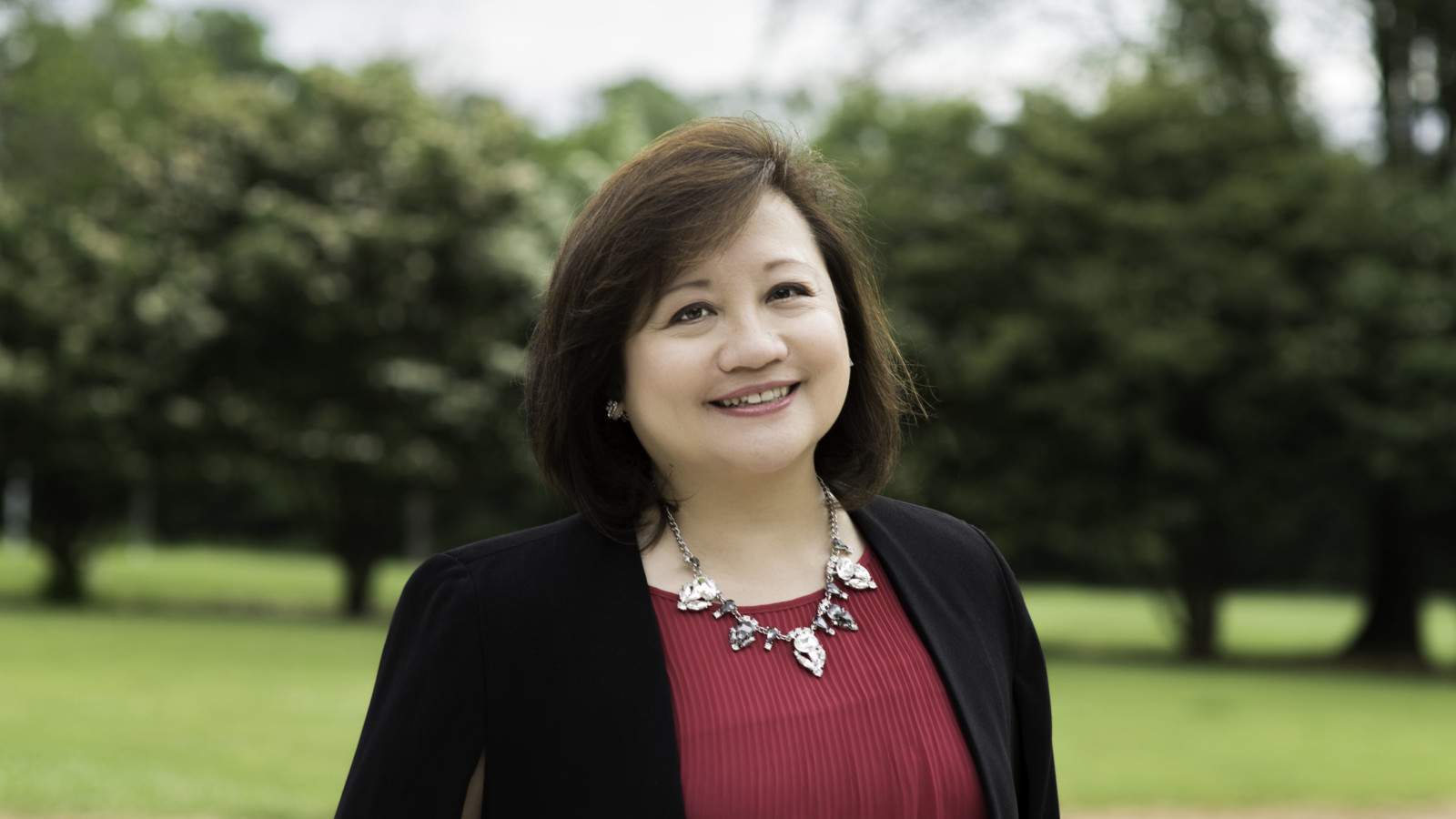For most leaders, knowing their ‘why’ is an important part of staying motivated and centered. But for Christine Sakdalan, the Head of Franchise Strategy and Customer Solutions at the pharmaceutical company Janssen, it’s equally essential to know the ‘whys’ of everyone on her team. It helps her connect with them and support them in meaningful ways.
By actually finding out what’s most important to them—rather than making assumptions—she has discovered, for example, that some people aren’t driven by an exciting new title or getting to the next level of professional advancement. “I have seen people take a step down in title in exchange for the right scope,” she says. Leaders who understand that can find the roles that best fit their team members’ interests, and that allows the individual and the organization to reap big rewards.
Sakdalan is a proponent of what is known as holistic leadership. “It means truly caring about the people who work for you and treating them as more than just professionals,” she says. She encourages leaders to see their employees as people with dreams, families and motivations fueled by diverse backgrounds, history and personalities.
People who work for her say she also creates a culture that fosters character, cultural inclusivity and compassion. One way to do this is by designing programs that merge professional and personal development in an engaging and impactful way.
Recently, Sakdalan brought in the transformation coach, entrepreneur and innovation leader Whitney White to run her powerful “Take Back Your T.I.M.E” workshop for Sakdalan’s direct reports. The goal was to help each person better understand themselves and their needs, thus making it easier for them to organize their time in support of their professional aspirations while also remaining in harmony with their personal and family goals.
The result, some of the direct reports say, has been liberating because it allows them to bring 100% of themselves to their job.
Sakdalan’s version of holistic leadership also includes 3PDP, or the 3 p.m. Dance Party. In corporate America, the afternoon energy slump has been well documented. Heads begin to droop, visits to the kitchen candy jar go up and productivity goes down. But visit Sakdalan, and you will find her and her team moving and grooving to the beat of a different drum.
“We take a quick break from work to play music and dance. It’s a fun energy booster. Obviously, it’s been harder to do remotely but, because of that, it has become an even more special way to connect,” she says.
3PDP is part of what Sakdalan calls “the power of the pause,” another prong of holistic leadership. It’s about taking time to refresh, renew, reflect and recharge, especially after extended productivity marathons. For example, after a busy launch season, Sakdalan made sure her direct reports had a free day for themselves that didn’t take away from their vacation time. She also models the importance of downtime by not sending emails on weekends, unless, of course, “it’s super urgent or important.”
But according to Sakdalan, holistic leadership can be transformative on an even larger scale: It not only has the power to touch every aspect of a person’s life, it has the potential to touch the people with whom that person comes into contact.
To this end, being a holistic leader requires understanding that what is going on in the world is going to affect every coworker and colleague individually—and often in very different ways.
During the protests that swept the country in 2020, Sakdalan held quarterly sessions with her team to discuss racial and social injustice issues and curated a library of educational resources to support the learnings. “We collaboratively brainstormed action plans that could contribute meaningful change, which helped us integrate what was happening in the world in a compassionate and productive way,” says Sakdalan.
Leveraging leadership to impact the community at large is at the heart of holistic leadership, and a big reason Sakdalan and others are drawn to it. “It’s foundational to everything we do,” she says. Janssen, she notes, makes a point to link team-building efforts with volunteer efforts to specifically foster the awareness of social responsibility and community impact.
“With holistic leadership, the parts are greater than the sum,” explains Sakdalan. “We are individually transformed; our transformation impacts our colleagues, and subsequently, we positively impact the larger community outside of Janssen.”
Sakdalan says that it takes courage, strength and vulnerability to be a holistic leader, but, for her, the outcome is worth it. People feel valued and respected and enjoy coming to work every day. “This is not only good for business,” notes Sakdalan. “It’s good for the world around us.”


